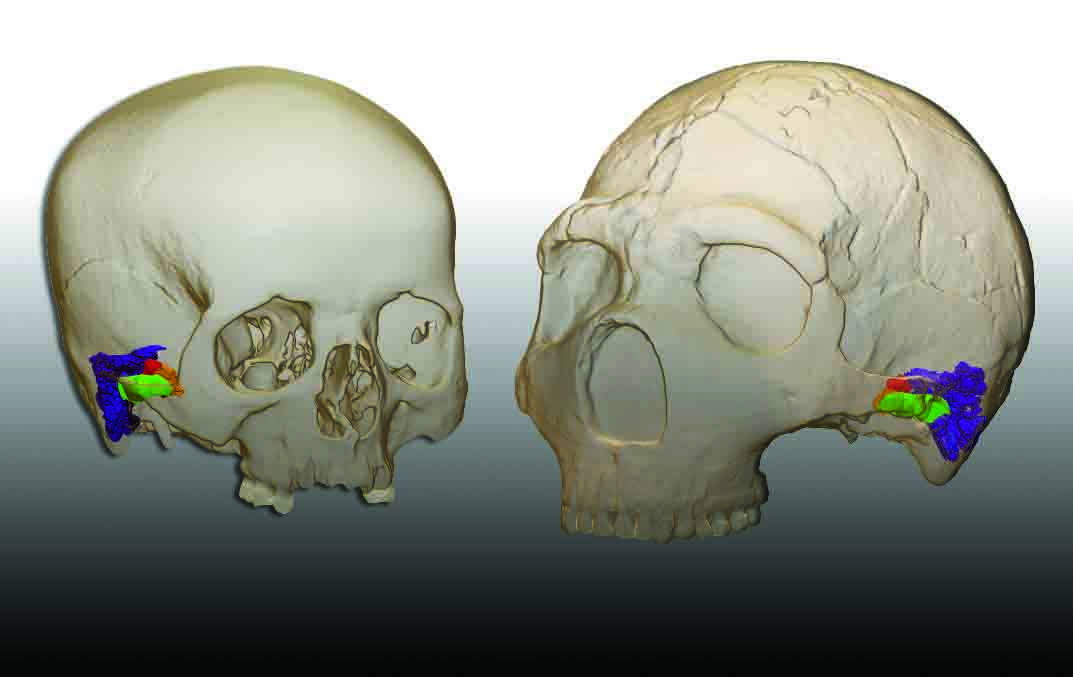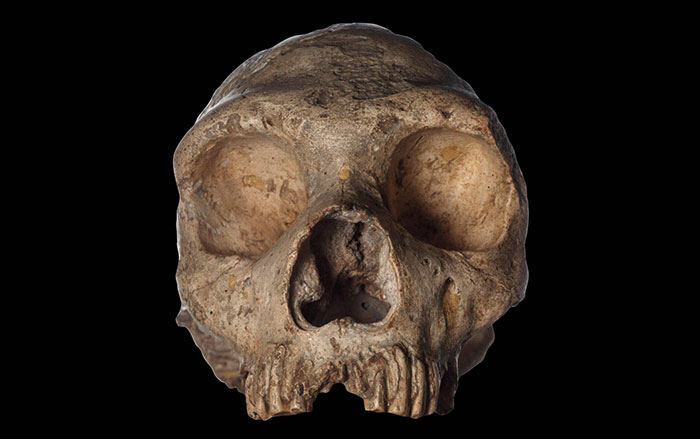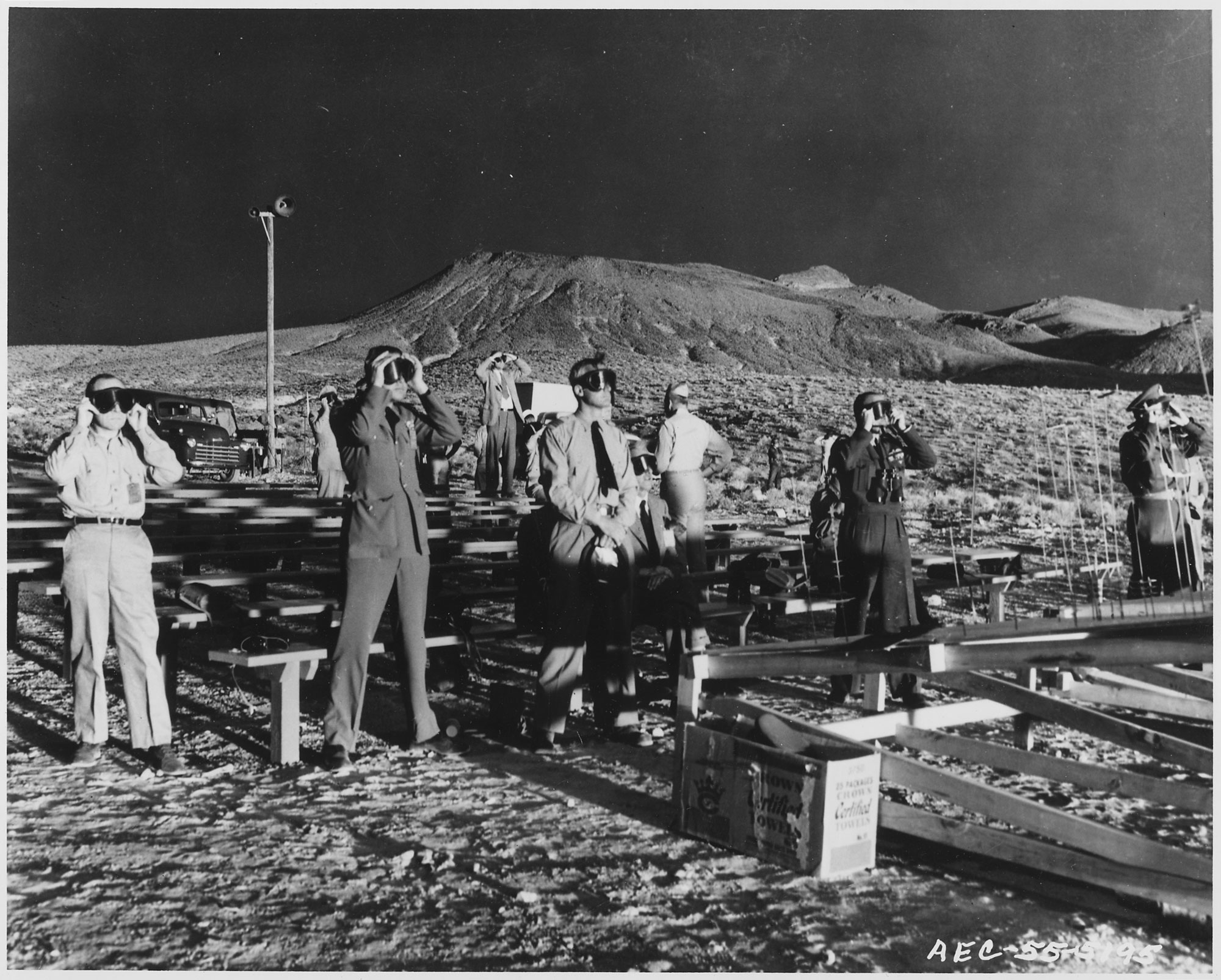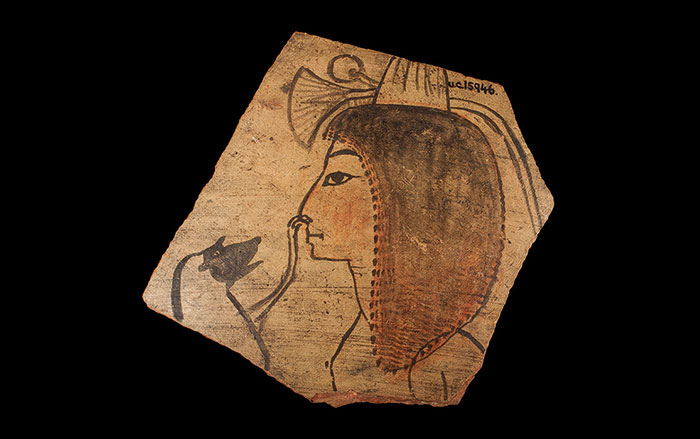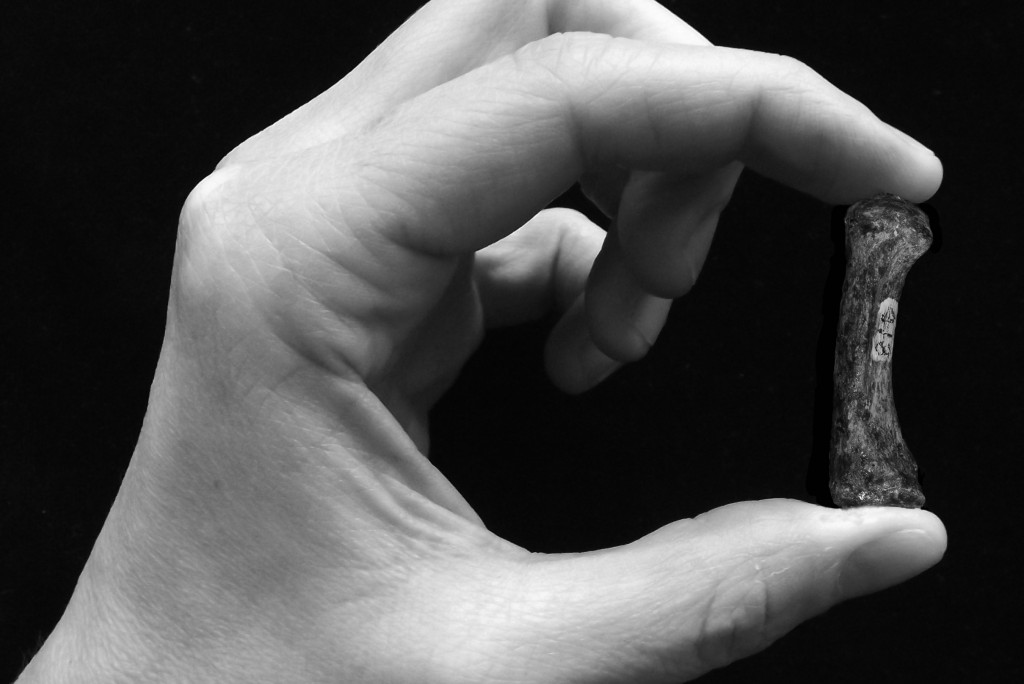
KENT, ENGLAND—Matthew Skinner and Tracy Kivell of the University of Kent, and their colleagues from University College London, the Max Planck Institute for Evolutionary Anthropology, and the Vienna University of Technology, have found skeletal evidence that supports the archaeological evidence for tool use by Australopithecus africanus, an early human ancestor. The team members examined the internal spongey bone structure, called trabeculae, of modern human hands, and the trabecular bone structure in the hands of chimpanzees, and they found clear differences between the two. Chimpanzees are not capable of a forceful precision grip with their hands, which is necessary when turning a key, nor are they able to perform squeeze gripping, as when using a hammer. The team members also examined the hand bones of Australopithecus africanus, and found a human-like trabecular bone pattern in the thumb and palm, suggesting that these early human ancestors would have been capable of such tool-using hand postures between two and three million years ago. Neanderthals also have modern human-like trabecular bone structures. To read about Australopithecus africanus' teeth, go to "Toothsome Evidence."


